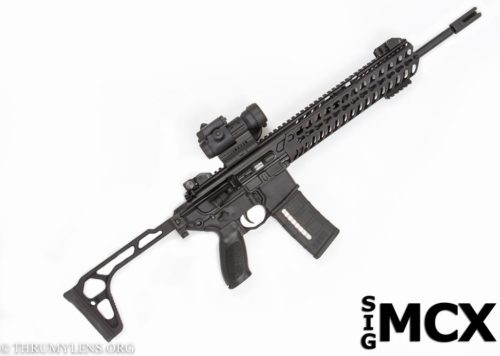
With the looming US Presidential Election in 2016, and the prospect of she-who-will-not-be-named being elected (and subsequently making life very difficult for gun owners), I began thinking about the semi-automatic rifles I owned, and what I might like to purchase before November. My go-to AR-15 has been my Colt LE60940P which I purchased back in 2012. I’ve taken several training classes with it, and it’s been a fine rifle for me – utterly reliable. It was also the first rifle I started competing within 3 Gun (most newcomers to the sport “bring what they have”). It was during 3 Gun competition however that I really began to notice that both aesthetically and functionally, my tried-and-true Colt was starting become a bit dated. The monolithic picatinny rail on m 6940P was both heavier and archaic looking compared to all the long, slim, and light weight M-LOK and KeyMod rails that have become all the rage since about 2014. Having just purchased and built a new 3 Gun rifle, I thought it was time to look at a more contemporary battle rifle option. It was about this time that I spent a week training at the SIG Sauer Academy and got my hands on the SIG MCX at the Academy Pro Shop.
Released just prior to SHOT Show in 2015, the SIG MCX is a breath of fresh air for the semi-auto rifle segment, and really checks several boxes of what I’m looking for in a home defense battle rifle. One of the main problems I’ve had with many AR-15’s used indoors is the barrel length – a 16″ barrel is the legal limit without applying for a NFA tax stamp for an “SBR” or short barrel rifle. Doing house clearing with a 16″ barrel can make maneuvering in tight spaces indoors difficult, and you run the risk that potential assailant can grab your barrel as you enter a room. Before purchasing the SIG MCX I was very close to purchasing an Israeli Tavor – the bullpup design made it a much more compact package while maintaining the 16″ barrel length. Fortunately for me, a friend of mine bought the Tavor and I had the opportunity to play with it at the range and determined it wasn’t for me. The main drawback to the Tavor is that the controls were completely unfamiliar to me – its battery of arms is quite different from a traditional AR-15 type rifle, on which I have hundreds of hours of training and practice. The design of the SIG MCX features a short-stroke gas piston system (also used in the MPX submachine gun) to reduce recoil and improve the reliability of the weapon. Subsequently, there is no buffer tube like that of the AR-15 (some say the MCX is more closely related to the AR-18 platform). Instead, an attachment point resides at the rear of the receiver where the skeletonized SAS style stock is attached. The attachment point is hinged allowing the stock to be folded inward against the receiver, making the overall length every bit as compact as the Tavor.
Unlike the Tavor, the MCX lower receiver’s controls require no retraining, as they are the same as an AR-15, while the magazine release, bolt release and safety selector are all ambidextrous. This was a smart design decision on the part of SIG as the MCX will be much more attractive to military and law enforcement forces who already use M-4/M-16/AR-15 style weapons. In fact, SIG indicates that the MCX was born out of response to the Department of Defense request for a compact, quiet rifle able to engage targets out to 300 meters – requirements which the MCX meets and exceeds.
One of the first things I noticed when examining the example I saw at the SIG Sauer Academy Pro Shop was just how lightweight this rifle was, coming in at about 6 lbs. The fit between the upper and lower was also rock solid with no play. The same was true of the example I purchased – this is one extremely high-quality rifle.
Many reviews I’ve read have been quite critical of the SIG MCX’s trigger. I typically always swap out the trigger on any of my AR-15 rifles (as most AR-15 guys do) and had decided I would do so on the MCX. But before I did, I took the MCX to my local range and zeroed the extra Aimpoint red dot optic I planned to put on the rifle.
While the stock single stage trigger is heavy, it isn’t THAT bad. Here’s my first group from 50 yards using a magnified optic, which only required some minor adjustment to the point of aim to get me in the dead center of the target. If you ignore the one flyer in this 5 shot group, it’s not bad at all for my first shots with the rifle (55gr. ball .223):
As you can see in the above photo, I have a Harris bipod attached to the rifle. Before receiving it I had wondered how I’d get my Picatinny rail compatible bipod mounted to the KeyMod handguard on the MCX. As it turns out, SIG includes some small adaptor rails which can be attached to pretty much anywhere on the KeyMod handguard, and gives you a Picatinny attachment point:
The two sections were perfect for my uses – one to attach up front for the bipod, and another to attach on the side for a flashlight. If more are needed, they can be ordered from the SIGstore.
Having zeroed the optic, I decided to go ahead and replace the stock trigger with one that was a bit more to my liking. There are lots of good aftermarket trigger choices for the AR-15 platform. A favorite of mine has been the Geissele SSA which I’ve run in three of my past rifles without issue. While Geissele triggers will work fine in the MCX, you may have difficulty with drop-in style triggers due to the ambidextrous safety in the MCX – it removes available space within the receiver that some drop-in triggers need to fit.
Once I zeroed my optic and shot a few rounds, I came home and decided to give my MCX a good cleaning and lubrication. I read the manual and checked out a few YouTube videos. Disassembly and reassembly of the MCX is a pretty simple matter – if you’ve ever field stripped an AR-15 you certainly won’t be lost here:
The KeyMod rail is easily removed and provides easy access to the barrel to allow the user to perform one of the MCX’s signature tasks – caliber exchanges. One of the military requirements which lead to the development of the MCX was the ability to quickly and easily in the filed change out the parts necessary for the MCX to fire a different caliber, based on dynamically changing mission parameters. Accordingly, the MCX can fire the 300 Blackout, 5.56mm NATO or 7.62x39mm with a simple barrel swap. The 300 BLK barrels have 1-in-6-inch twist rates, while the 5.56mm NATO barrels have 1-in-7-inch twist rates. A 1-in-9.5-inch-twist 7.62x39mm barrel is also available, though it also requires you to change out the magazine. Civilian model barrels will get a nitride coating regardless of their length or caliber. I’ve actually got a 9″ 300 BLK barrel on order that I intend to mate with one of SIG’s new suppressor options.
As of this writing, I’ve had several range sessions with the SIG MCX and am extremely impressed. The reliability of the short-stroke gas piston system (also used in the SIG MPX ) has not had one failure and as an added benefit serves to reduce felt recoil. According to several SIG employees I’ve spoken with, the MCX has been used in theater for over two years now, and the reports on its functioning have been positive. The MCX is a perfect option for me as a home defense rifle and one that I’ll use when I attend tactical rifle training courses. It’s great to have all the features of a next-gen rifle in a platform on which I’ve had hundreds of hours of training and practice. The retail price for the SIG Sauer MCX is $1,866.00.

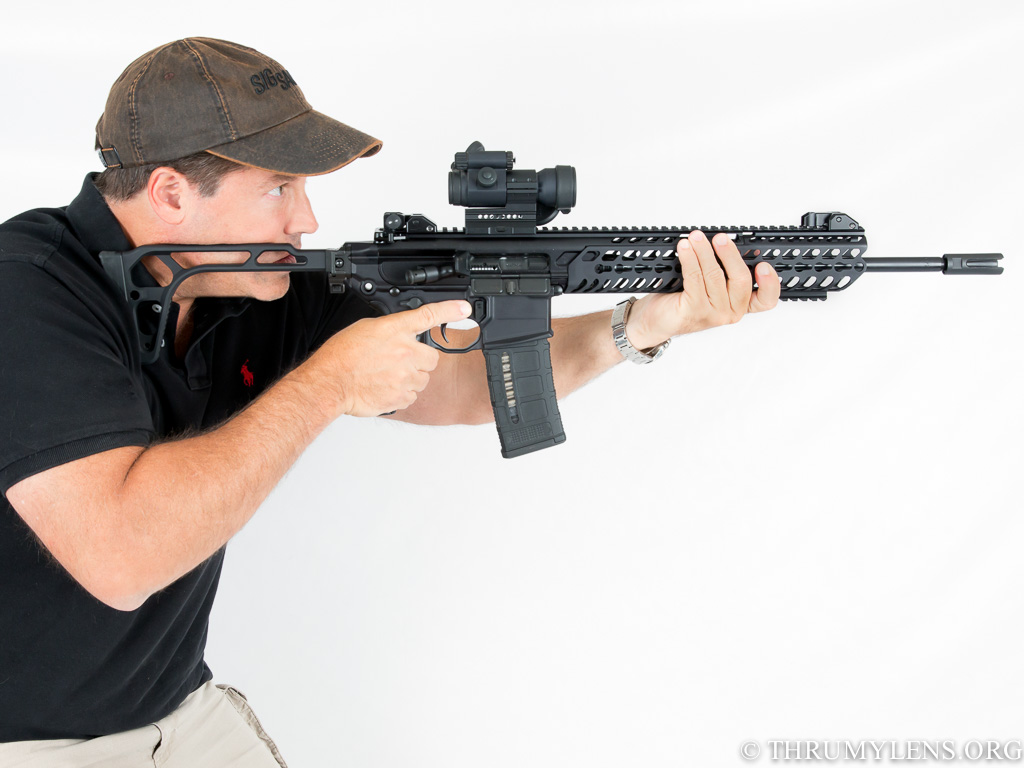
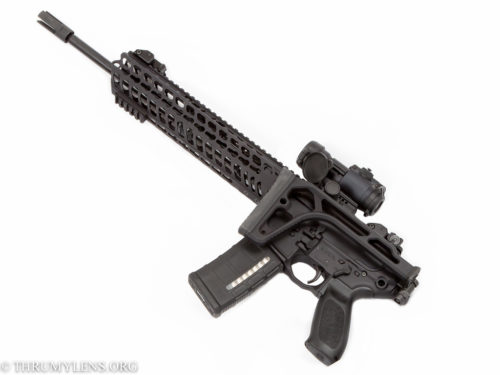

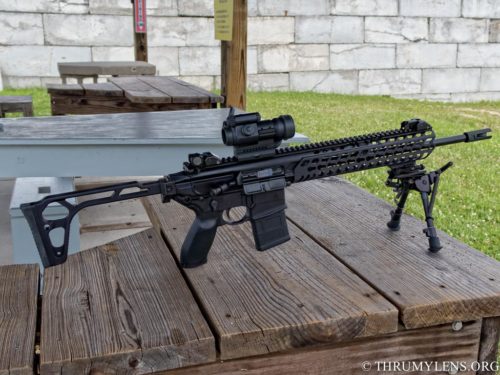

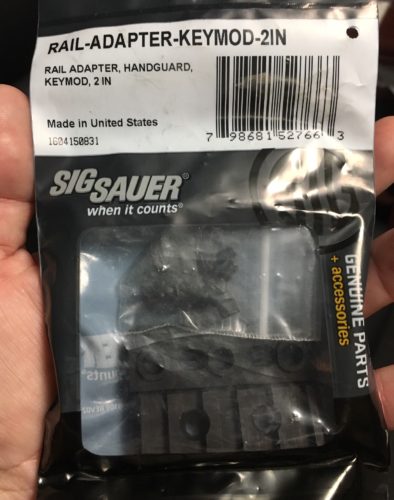
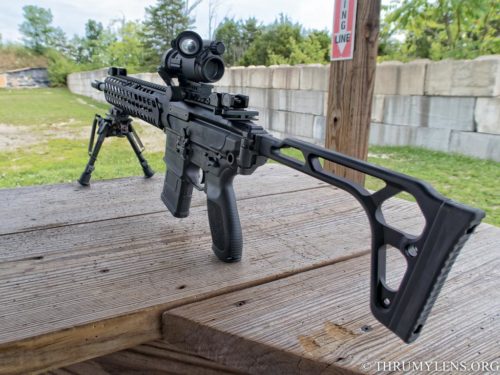
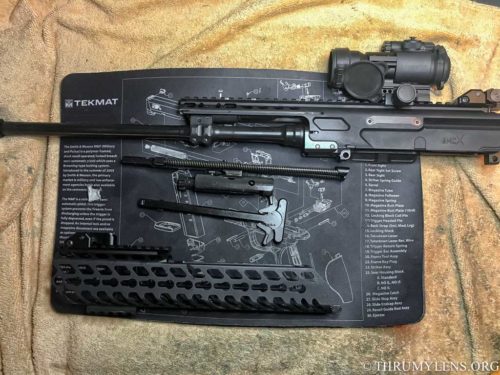
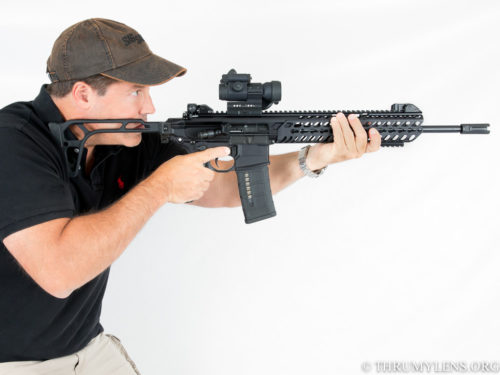
0 Comments